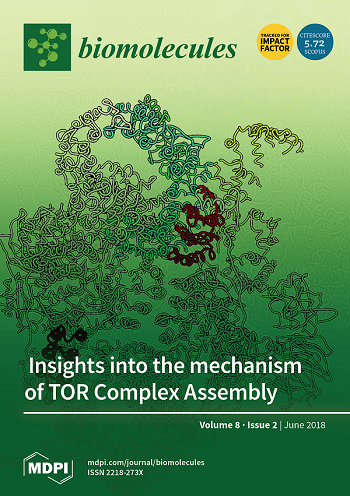Insights into the Metabolite Profiles of Two Camellia (Theaceae) Species in Yunnan Province through Metabolomic and Transcriptomic Analysis
IF 4.8
2区 生物学
Q1 BIOCHEMISTRY & MOLECULAR BIOLOGY
引用次数: 0
Abstract
Tea (Camellia sinensis) falls into the family Theaceae, is a valuable commercial crop, and tea products made from its buds and young leaves are favored by consumers all over the world. The more common Thea plant is Camellia sinensis (C. sinensis), but its most important relative, Camellia taliensis (C. taliensis), is also utilized by locals in the area of cultivation to manufacture tea. In this investigation, C. taliensis (DL) and C. sinensis (QJZ) were characterized in terms of their agronomic traits, physicochemical indices, metabolomics, and transcriptomics. The leaf area of DL is larger than that of QJZ; the color of DL’s buds and leaves is yellowish-green, while that of QJZ’s is green. DL’s buds and leaves are more densely velvety than those of QJZ. The HPLC results indicated that the physicochemical contents varied considerably between the two samples, with DL having greater concentrations of EGCG and GABA than QJZ, while QJZ had remarkably higher concentrations of C, CA, and EGC than DL. A total of 2269 metabolites and 362,190,414 genes were positively identified, with the number of DAMs and DEGs being 1001 and 34,026, respectively. The flavonoids, phenolic acids, and alkaloid metabolites were dramatically different between the two tea group plants. Bioinformatics profiling revealed that the DAMs and DEGs of the two tea group plants interacted with each other and were involved in metabolic pathways, including “biosynthesis of secondary metabolites”, “biosynthesis of amino acids”, “biosynthesis of cofactors”, “phenylpropanoid biosynthesis”, and “flavonoid biosynthesis”. Overall, these results provide statistical support for germplasm conservation and production for both C. taliensis and C. sinensis.通过代谢组学和转录组学分析深入了解云南省两种山茶花(山茶科)的代谢物谱系
茶(Camellia sinensis)属于山茶科,是一种珍贵的经济作物,用其嫩芽和嫩叶制成的茶产品深受世界各地消费者的青睐。较常见的茶树是山茶(C. sinensis),但其最重要的近缘植物山茶(C. taliensis)也被种植区的当地人用来制茶。本研究从农艺性状、理化指标、代谢组学和转录组学等方面对山茶(C. taliensis)(DL)和山茶(C. sinensis)(QJZ)进行了表征。DL的叶面积大于QJZ;DL的芽叶颜色为黄绿色,QJZ的芽叶颜色为绿色。DL 的芽叶比 QJZ 的茸毛更密。高效液相色谱分析结果表明,两种样品的理化含量差异很大,DL 的 EGCG 和 GABA 含量高于 QJZ,而 QJZ 的 C、CA 和 EGC 含量明显高于 DL。共鉴定出 2269 种代谢物和 362,190,414 个基因,其中 DAMs 和 DEGs 的数量分别为 1001 个和 34,026 个。两种茶类植物的黄酮类、酚酸类和生物碱类代谢物有显著差异。生物信息学分析表明,两种茶类植物的DAMs和DEGs相互影响,并参与了 "次生代谢物的生物合成"、"氨基酸的生物合成"、"辅助因子的生物合成"、"苯丙类化合物的生物合成 "和 "黄酮类化合物的生物合成 "等代谢途径。总之,这些结果为塔里苣苔和中华苣苔的种质保护和生产提供了统计支持。
本文章由计算机程序翻译,如有差异,请以英文原文为准。
求助全文
约1分钟内获得全文
求助全文
来源期刊

Biomolecules
Biochemistry, Genetics and Molecular Biology-Molecular Biology
CiteScore
9.40
自引率
3.60%
发文量
1640
审稿时长
18.28 days
期刊介绍:
Biomolecules (ISSN 2218-273X) is an international, peer-reviewed open access journal focusing on biogenic substances and their biological functions, structures, interactions with other molecules, and their microenvironment as well as biological systems. Biomolecules publishes reviews, regular research papers and short communications. Our aim is to encourage scientists to publish their experimental and theoretical results in as much detail as possible. There is no restriction on the length of the papers. The full experimental details must be provided so that the results can be reproduced.
 求助内容:
求助内容: 应助结果提醒方式:
应助结果提醒方式:


